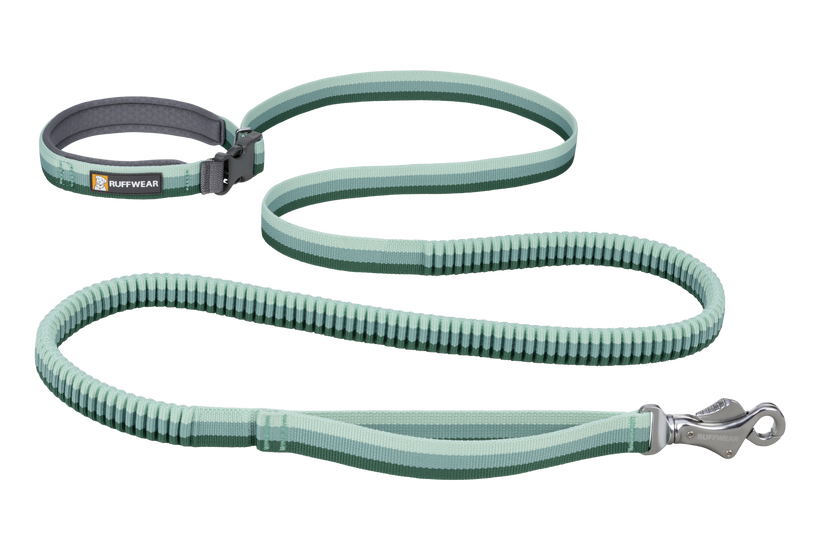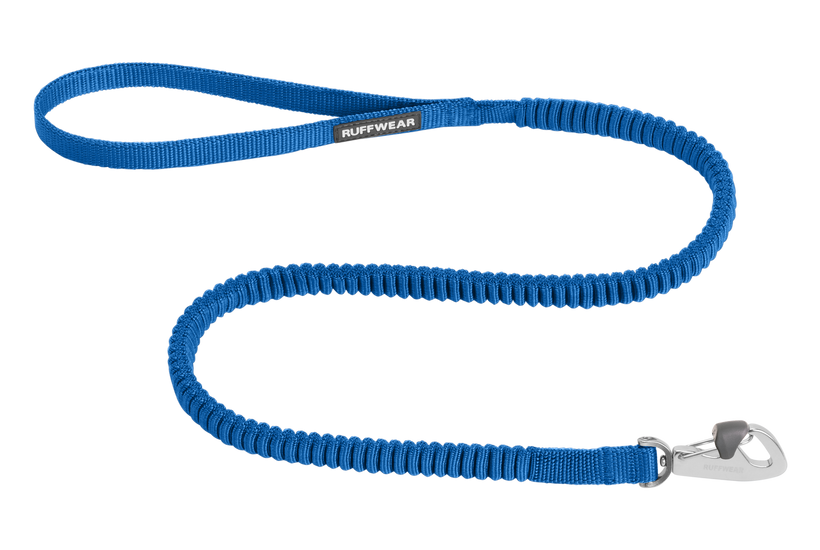Walking your dog should be an enjoyable experience for both you and your furry friend. However, if your dog constantly pulls on the leash, it can turn a pleasant stroll into a frustrating tug-of-war. Fortunately, with the right training techniques and patience, you can teach your dog to walk politely on a leash. In this comprehensive guide, we’ll explore effective strategies to help you put an end to the tug-of-war and enjoy peaceful walks with your canine companion.

Understanding Why Dogs Pull
Before addressing the issue of leash pulling, it’s essential to understand why dogs engage in this behavior:
Excitement and Energy
Dogs are naturally energetic creatures, and the excitement of going for a walk can cause them to pull on the leash in anticipation of exploring their surroundings.

Lack of Training
Pulling on the leash may also be a result of inadequate training or reinforcement of proper walking behavior. Without proper guidance, dogs may develop the habit of pulling as a means of moving forward.
Distractions and Stimuli
External stimuli such as other animals, people, or interesting scents can trigger a dog’s instinct to pull on the leash in an attempt to investigate or chase after them.
Building Foundation Skills
Before addressing leash pulling directly, it’s essential to establish a foundation of basic obedience skills:
Focus and Attention
Teach your dog to focus on you by using positive reinforcement techniques such as treats or praise. Practice simple commands like “watch me” or “look” to encourage your dog to pay attention to you during walks.

Loose Leash Walking
Introduce your dog to the concept of walking on a loose leash by rewarding them for walking calmly by your side. Use treats or a clicker to reinforce desired behaviors and gently guide your dog back into position if they begin to pull.
Recall Training
Ensure that your dog has a reliable recall command, such as “come” or “here,” to call them back to you if they become distracted or attempt to pull away during walks. Practice recall exercises in a controlled environment before using them in real-life situations.
Training Techniques to Stop Leash Pulling
Once you’ve established foundation skills, you can begin addressing leash pulling using the following techniques:
Stop and Wait
When your dog begins to pull on the leash, immediately stop walking and wait for them to release tension. Avoid moving forward until your dog relaxes and returns to your side. Use verbal cues such as “heel” or “let’s go” to encourage them to walk calmly beside you.

Change Direction
If your dog continues to pull despite stopping, change direction abruptly by turning around and walking in the opposite direction. This interrupts the pulling behavior and teaches your dog to pay attention to your movements. Praise and reward them for following you without pulling.
Use Positive Reinforcement
Reward your dog with treats, praise, or toys for walking politely on a loose leash. Reinforce good behavior consistently and be generous with rewards, especially during the early stages of training. This helps your dog associate loose leash walking with positive experiences.
Practice Patience and Consistency
Training your dog to stop pulling on the leash requires patience and consistency. Be prepared to reinforce desired behaviors repeatedly and avoid becoming frustrated or resorting to punishment. Consistent training sessions and positive reinforcement will yield the best results over time.

Tools and Equipment to Aid Training
In addition to training techniques, certain tools and equipment can help facilitate leash training:
Front-Clip Harness
A front-clip harness redirects your dog’s pulling force towards you, making it easier to control their movements. This can help reduce pulling behavior and encourage your dog to walk calmly by your side.
Head Collar or Halti
A head collar or Halti gently redirects your dog’s attention and prevents them from pulling by applying pressure to the back of their head. When used correctly, these devices can effectively discourage leash pulling and promote loose leash walking.
Long Line or Training Lead
A long line or training lead provides additional control during training sessions, allowing you to maintain a safe distance from distractions while practicing loose leash walking. Gradually increase the length of the line as your dog becomes more reliable with their leash manners.
Real-Life Applications and Challenges
While training your dog to stop pulling on the leash is essential, it’s equally important to apply these skills in real-life situations:
Practice in Different Environments
Gradually expose your dog to different environments and distractions, starting with quiet areas and gradually progressing to busier streets or parks. Practice leash training techniques consistently in various settings to reinforce good behavior in different contexts.
Manage Expectations
Be realistic about your dog’s progress and understand that leash training takes time and patience. Set achievable goals and celebrate small victories along the way, even if progress is slow. Every step in the right direction is a success worth celebrating.
Addressing Setbacks
It’s normal to experience setbacks or challenges during the leash training process. If your dog regresses or struggles with certain aspects of training, reassess your approach and seek guidance from a professional dog trainer if needed. With patience and persistence, you can overcome obstacles and continue making progress.
Conclusion
Leash pulling is a common behavior problem among dogs, but with consistent training and positive reinforcement, it’s possible to teach your canine companion to walk politely on a leash. By understanding the underlying reasons for leash pulling and implementing effective training techniques, you can put an end to the tug-of-war and enjoy peaceful walks with your dog. Remember to be patient, consistent, and compassionate throughout the training process, and celebrate each milestone as you work towards your goal of leash manners. With dedication and effort, you and your dog can embark on enjoyable walks together, free from the frustration of leash pulling.










